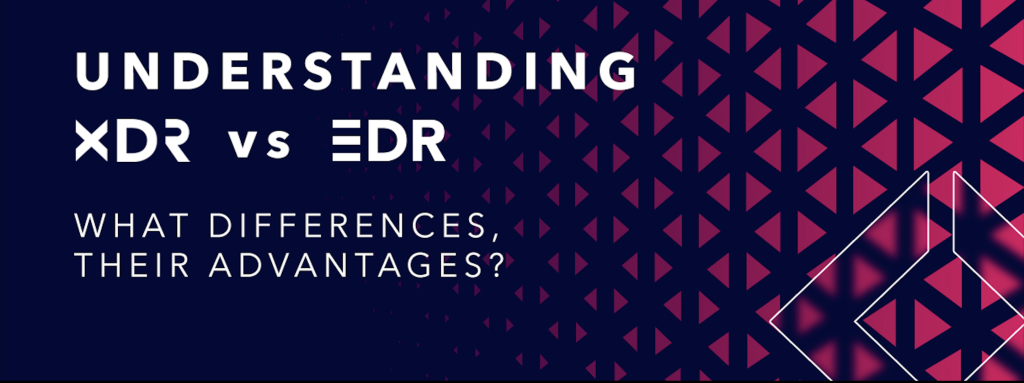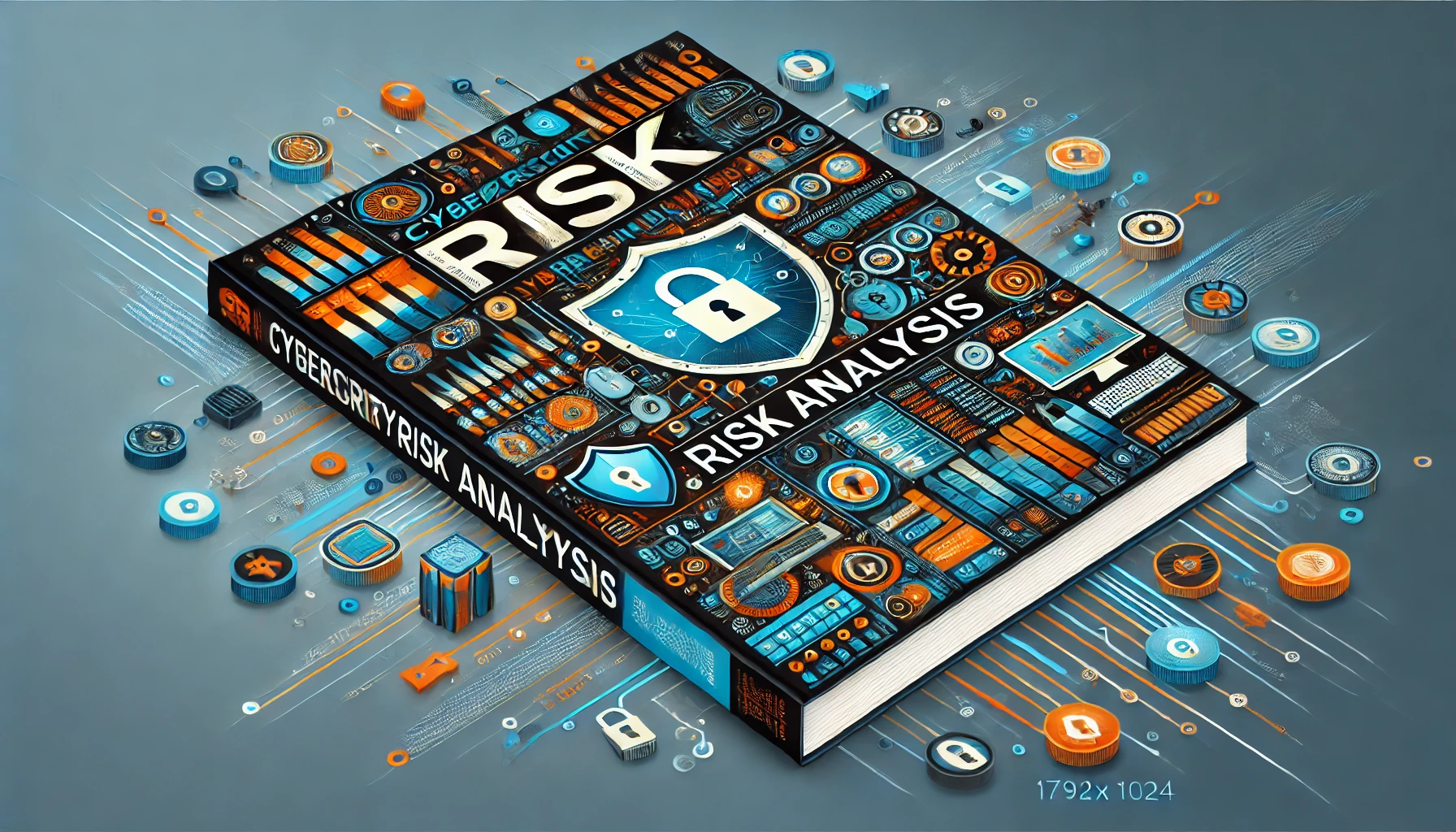
Introduction
As cybersecurity threats continue to evolve and become more sophisticated, organizations need advanced solutions to detect, respond to, and remediate security incidents effectively. This blog post aims to provide a comprehensive comparison between XDR (Extended Detection and Response) and EDR (Endpoint Detection and Response) solutions, highlighting their unique features, benefits, and how they contribute to a robust cybersecurity posture.
Understanding EDR
Endpoint Detection and Response (EDR) is a cybersecurity solution focused on monitoring and securing endpoints such as desktops, laptops, servers, and mobile devices. EDR solutions provide real-time visibility into endpoint activities, detect suspicious behavior, and respond to security incidents. They leverage techniques like behavioral analysis, machine learning, and threat intelligence to identify and mitigate threats on endpoints.
Understanding XDR
Extended Detection and Response (XDR) expands the capabilities of EDR by aggregating and correlating security data from multiple sources beyond endpoints. XDR integrates data from endpoints, network logs, cloud services, and other security tools to provide holistic visibility and analysis of security incidents. It offers advanced analytics, threat intelligence, and automated response capabilities, enabling security teams to detect and respond to complex threats across the entire IT infrastructure.
Key Differences Between XDR and EDR:
- Scope: EDR primarily focuses on endpoint security, while XDR encompasses a broader range of security data sources, including network, cloud, and more.
- Data Correlation: XDR correlates and analyzes data from multiple sources, allowing for better detection and response to complex, multi-stage attacks. EDR focuses on endpoint-specific data.
- Visibility: XDR provides a holistic view of the entire IT environment, enabling security teams to identify and respond to threats that span across endpoints, networks, and cloud services.
- Automated Response: XDR often offers automated response capabilities, allowing for swift remediation and containment of threats. EDR may require more manual intervention.
- Scalability: XDR is designed to scale with the organization’s expanding infrastructure, while EDR may have limitations in handling large-scale deployments.
Benefits of XDR:
- Enhanced Detection: XDR’s broader data sources and advanced analytics improve the detection of sophisticated threats that may go unnoticed by EDR.
- Improved Response Time: XDR’s automated response capabilities and holistic visibility enable faster incident response, reducing the impact of security incidents.
- Simplified Operations: XDR consolidates security data and tools, providing a unified platform for security teams to manage and investigate threats, streamlining their operations.
Benefits of EDR:
- Endpoint-Centric Protection: EDR offers granular visibility into endpoint activities, enabling targeted threat hunting, investigation, and remediation.
- Rapid Incident Response: EDR’s real-time monitoring and alerting capabilities enable quick response to endpoint-based security incidents.
- Endpoint Visibility: EDR provides valuable insights into endpoint vulnerabilities, misconfigurations, and potential attack vectors.
Conclusion
Both XDR and EDR play essential roles in modern cybersecurity strategies. While EDR focuses on endpoint-specific security, XDR expands the scope to provide a broader, integrated view of security incidents across the entire IT environment. Organizations should assess their specific needs, infrastructure, and security requirements to determine whether EDR or XDR, or a combination of both, is the most effective solution for their cybersecurity defense.







